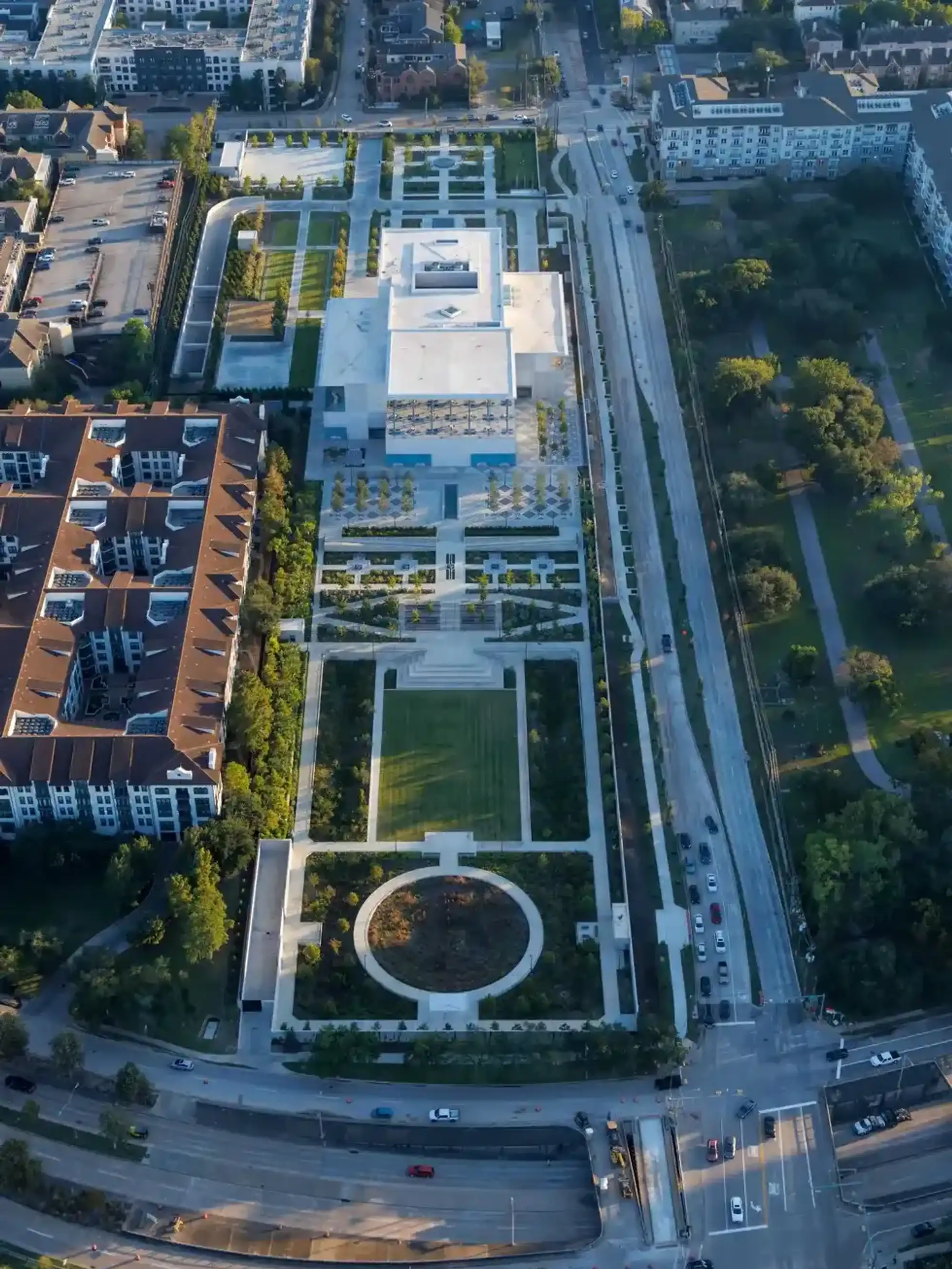Houston companies looking for a new CEO must decide where exactly to look
Houston voices
Star Co. is a hot mess. The business is bloated and sprawling. Its stock is tanking. Profits are down. It's clearly time for a new CEO.
But where to look — inside the company or outside? It's a decision every restructuring company faces.
Cenovus Energy tapped an outsider in 2017. General Electric, the same year, went with a longtime insider. Though it's too soon to know yet for sure, which one likely made the right choice?
Rice Business emeritus professor Robert E. Hoskisson, with coauthors Shih-chi Chiu, then at Nanyang Technological University (now at the University of Houston), Richard A. Johnson of University of Missouri, Columbia and Seemantini Pathak of University of Missouri-St. Louis, set out for an answer: Where is the best place for a restructuring company to get its next CEO?
According to conventional wisdom and some past research, change is more likely under an outside CEO. He or she can start fresh, armed with a greater mandate to shake things up.
Recent evidence, though, suggests that outsiders may actually have more trouble succeeding. That's because they lack the institutional knowledge to make the most informed choices, and the existing relationships needed to ease change with minimal pain. Insiders, this research shows, have the advantage of key "firm-specific" knowledge on everything from customers to suppliers to workforce composition.
To pin down an answer on whether it's better to stay inside or go outside, Hoskisson's team decided to look at corporate divestiture — asset sales, spinoffs, equity carve-outs — as a proxy for overall strategic change. (It's already well documented that a new CEO makes organizational changes such as personnel changes and culture shifts.)
Next, they distinguished between scale and scope. The scale of a divestiture reflects magnitude: How many units were sold? The scope reflects diversification portfolio adjustment: Does the company have fewer business lines?
Focusing on 234 divestitures at U.S. firms that voluntarily restructured between 1986 and 2009, the authors defined a new inside CEO as having been in that role two or fewer years, and with the company previously for more than two years. They defined a new outside CEO as someone who had been at the company for a maximum of two years in any role.
Heading into the analysis, the researchers expected they would reach different conclusions for scale vs. scope. And the results were just that.
New inside CEOs, they found, did carry out more divesture activities than new outside CEOs. Not having as much inside knowledge, the outside CEO was more likely to prefer a simpler divesture plan, one that didn't require evaluating each unit or asset. Instead, the professors hypothesized, an outsider was more likely to follow investors' general preferences about firm strategy.
"When a higher magnitude of corporate divestures is required, internal successors are more astute than external successors in accomplishing this objective," the researchers write. On the other hand, when a company wants to shrink the diversified scope of a business portfolio, "external successors are more likely to bring their firms to a more focused position."
The researchers also suggested future lines of study about new CEOs and strategic change. What happens when firms want to buy and sell at the same time? Does the CEO selection process itself affect restructuring scale and scope? And does an inside chief executive who won a power struggle against a predecessor perform differently than an inside CEO named in orderly succession planning?
In the meantime, the findings are clear. If your corporate board is hunting for a new CEO, it may pay to go for the fresh face. But depending on your goals, your best option may also be a top executive sitting at a desk a few steps away.
------
This story originally ran on Rice Business Wisdom.
Robert E. Hoskisson is the George R. Brown Emeritus Professor of Management at Jones Graduate School of Business at Rice University.











 Photo by Iwan Baan
Photo by Iwan Baan